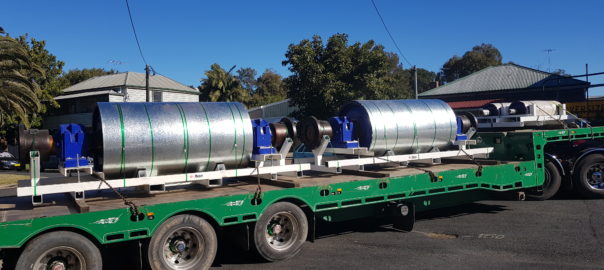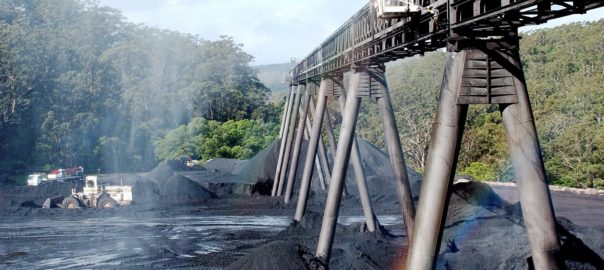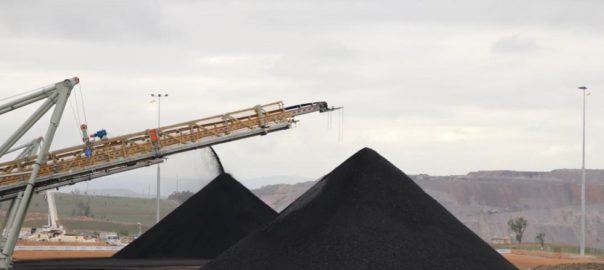New South Wales-based Brain Industries has launched a new range of custom designed conveyor pulleys including drive pulleys and non-drive pulleys for the Australia market.
Brain’s Managing Director, Gillian Summers, said its Newcastle pulley manufacturing centre will benefit a range of industries, including port facilities, underground coal mines, open-pit mines, hard-rock mines, coal loading facilities and overland conveyors.
Pulleys provide the drive and tension to move a conveyor belt – essential in the process of handling materials such as minerals, grain, packages, and even people.
“Brain has invested significantly in new equipment so that every engineering and testing activity can be carried out on site,” Summers said.
She said Brain meets the requirements of ISO 9001, with its pulley shells and end discs made from certified steel plate. Welds are full penetration ultrasonically tested and magnetic particle tested to industry standards, while all pulley weldments are thermally stress relieved.
“Our conveyor pulleys are made from high-quality Australian materials which means they are built to last and operate in tough conditions,” she said.
The pulleys will be made at Brain’s Newcastle engineering workshop, situated close by to the Hunter Valley region’s coal mines. A pulley refurbishment service will also be based there.
“Refurbishing pulleys locally can save businesses significant time and money, extending the life of important infrastructure,” Summer said. “Our refurbishment services include: complete pulley strip down and cleaning of parts; removal of old pulley lagging; non-destructive testing of the shaft and shell; re-machining; re-lagging; re-assembly as well as testing and certification.”
Brain also manufactures a range of other conveyor products including pulley lagging and ceramic wear liners.










